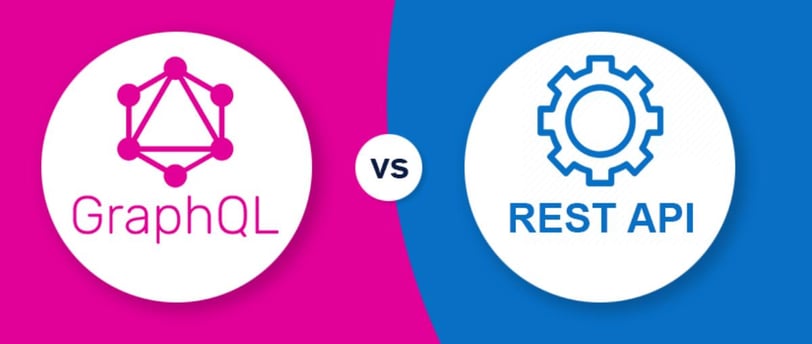GraphQL vs. REST
Which Should You Choose for Your API?
Niez Sellami
6/15/20232 min read


Introduction
As developers continue to build more complex applications, the need for efficient data handling and retrieval becomes paramount. GraphQL and REST are two popular approaches for building APIs, each with its strengths and weaknesses. In this article, we'll delve into the details of both and help you make an informed decision about which to use for your API.
What are GraphQL and REST?
REST (Representational State Transfer) is an architectural style for designing networked applications. It uses a stateless, client-server communication model, where each request from the client to the server must contain all the information needed to understand and process the request.
On the other hand, GraphQL is a query language for APIs and a runtime for executing those queries with your existing data. It was developed by Facebook in 2015 to address some of the limitations of REST.
Key Differences Between GraphQL and REST
Flexibility in Data Fetching
REST
With REST, if you want to retrieve information about a user and their posts, you would need to hit at least two endpoints.
The first to fetch the user and the second to fetch the user's posts.
GraphQL
In contrast, with GraphQL, you can retrieve the same information in a single request by constructing a query that specifies exactly what data you need.
Overfetching and Underfetching
REST
With REST, endpoints return a fixed data structure. If your application only needs a part of the data, you're still forced to retrieve all of it.
GraphQL
With GraphQL, you specify exactly what data you need, which can prevent overfetching.
API Versioning
REST
With REST, when the data structure changes, you often need to create a new version of the API.
GraphQL
With GraphQL, the client specifies the shape of the data, so even if new fields are added on the server, the queries do not break.
Conclusion
In summary, both GraphQL and REST have their own strengths and weaknesses. GraphQL provides a great deal of flexibility and efficiency in fetching data, preventing overfetching and underfetching issues. It also eliminates the need for API versioning, which can lead to easier maintenance and scalability. On the other hand, REST is a mature technology with wide support, and its stateless nature can make it a bit easier to understand and use, especially for simpler use cases.
When choosing between REST and GraphQL, it's important to consider the specific needs and constraints of your project. If your application needs to fetch complex data with multiple relationships, or if you want to give your clients more control over the data they fetch, GraphQL might be the better choice. However, if you're building a simpler application, or if your team is already familiar with REST, then REST might be a more suitable choice.
As the landscape of web development continues to evolve, it's crucial to stay up-to-date with the latest advancements and best practices. Both REST and GraphQL are tools in your toolkit, and understanding when to use each can help you build more efficient and effective APIs.
For more resources on GraphQL and REST, be sure to check out the official documentation, developer forums, and blogs. As new information and techniques are published, you'll gain a deeper understanding of these technologies and how to leverage their strengths in your projects.
